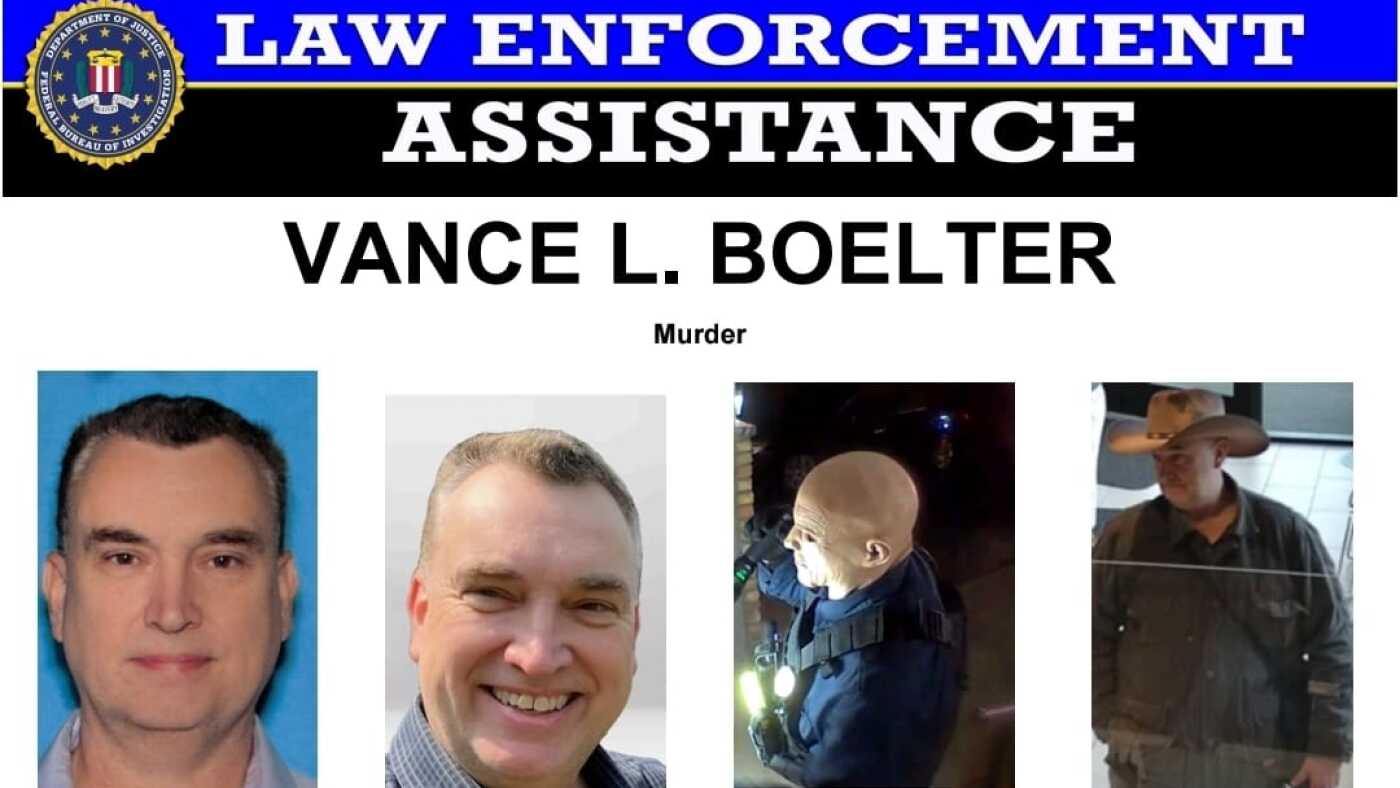Analyzing the Minnesota Lawmaker Shootings: Unraveling Events, Motivations, and Broader Consequences
Grasping the Unthinkable: A Political Tragedy Unfolds
The recent shootings in Minnesota mark one of the most disturbing incidents of politically inspired violence in recent American history. The attack claimed the lives of Democratic House Speaker Melissa Hortman and her husband, while critically injuring Senator John Hoffman and his wife. Beyond the immediate horror, the two-day manhunt that culminated in the arrest of Vance Luther Boelter has exposed deep societal wounds and raised probing questions about political safety, extremist motivations, and the fragility of democratic discourse.
Sequence and Response: A Community on High Alert
The violence erupted in the pre-dawn hours at Senator Hoffman’s home in Champlin, signaling a calculated strike on political figures. The rapid, coordinated law enforcement mobilization, involving nearly 200 officers and SWAT teams from multiple jurisdictions, underscores the gravity with which authorities approached this crisis. Their swift identification of the suspect’s vehicle and subsequent apprehension in a wooded area showcased effective interagency cooperation amid a landscape of volatility.
This manhunt, the largest in Minnesota’s history, not only prevented potential further bloodshed but also reflected an urgent priority to contain political violence before it metastasized into broader civil unrest. Such extensive operational engagement indicates both the challenges and capabilities of modern law enforcement in addressing politically charged threats.
Unpacking the Suspect: Profile of Vance Luther Boelter
Boelter, 57 years old, emerges in this narrative as both a deeply religious and politically conservative individual. Yet, the specifics of his motives remain shrouded, awaiting clarification through the legal process. The charges leveled against him—two counts of second-degree murder and two counts of attempted second-degree murder—highlight a deliberate attack with significant premeditation.
This incident serves as a grim example of how personal ideology, intertwined with extremism, can escalate into deadly outcomes. Boelter’s background and any connections to his victims form a critical avenue for understanding the mechanisms by which political fervor morphs into violence.
The Ripple Effect: Impact on Minnesota’s Political and Social Landscape
The shootings cut deep into Minnesota’s political climate, shattering the sense of security traditionally afforded to public officials. The loss of Speaker Hortman struck at the heart of the Democratic leadership, while the survival of Senator Hoffman prompted a rare moment of unity across party lines. Public reactions ranged from shock to vigilance, sparking impassioned discussions about the need for enhanced security and stronger mechanisms to combat extremist threats.
Governor Tim Walz’s communications emphasized transparency and collective resilience, framing the episode as both a tragedy and a call to action. The incident catalyzed broader societal introspection about political divisiveness, raising awareness about the dangers posed by unchecked hatred and radicalization.
Legal Pathway: Navigating Justice and Accountability
Following his arrest, Boelter faces serious criminal charges that open a complex judicial chapter. His imminent court proceedings will probe not only the facts but also the context and intent behind his actions. Balancing the demands for justice with respect for due process, this high-profile case will test the legal system’s capacity to address politically motivated violence without compromising fundamental legal safeguards.
The national spotlight on this tragedy places additional pressures on courts and policymakers to develop effective responses to such incidents—responses that deter future violence while upholding democratic principles.
Broader Reflections: Political Violence in Contemporary America
Minnesota’s tragedy is not an isolated event but rather part of a troubling nationwide pattern where political animosity sometimes turns deadly. This case spotlights urgent dilemmas:
– How to secure elected representatives without dismantling the accessibility essential to democratic engagement?
– What proactive strategies can identify radicalized individuals before they act?
– How can societal dialogue be steered toward civility and away from incendiary rhetoric?
The state’s response, combining immediate law enforcement mobilization with public solidarity, offers a crucial template. Yet, it also underscores the vital need for preventative initiatives—community education, mental health support, and inclusive political conversations—to stem the tide of extremism.
Concluding Thoughts: Fortifying Democracy Against Violence
The Minnesota shootings serve as a painful but pivotal chapter in the ongoing struggle to protect democratic institutions from internal threats. While the arrest of Vance Luther Boelter ends a dangerous episode, it opens broader conversations about healing social fractures and securing political spaces.
By fostering vigilance, encouraging unity, and committing to understanding, communities and leaders can transform tragedy into a catalyst for resilience. The strength demonstrated in Minnesota’s response exemplifies the enduring power of democracy to withstand adversity, reminding us that safeguarding political life requires both courage and compassion.

